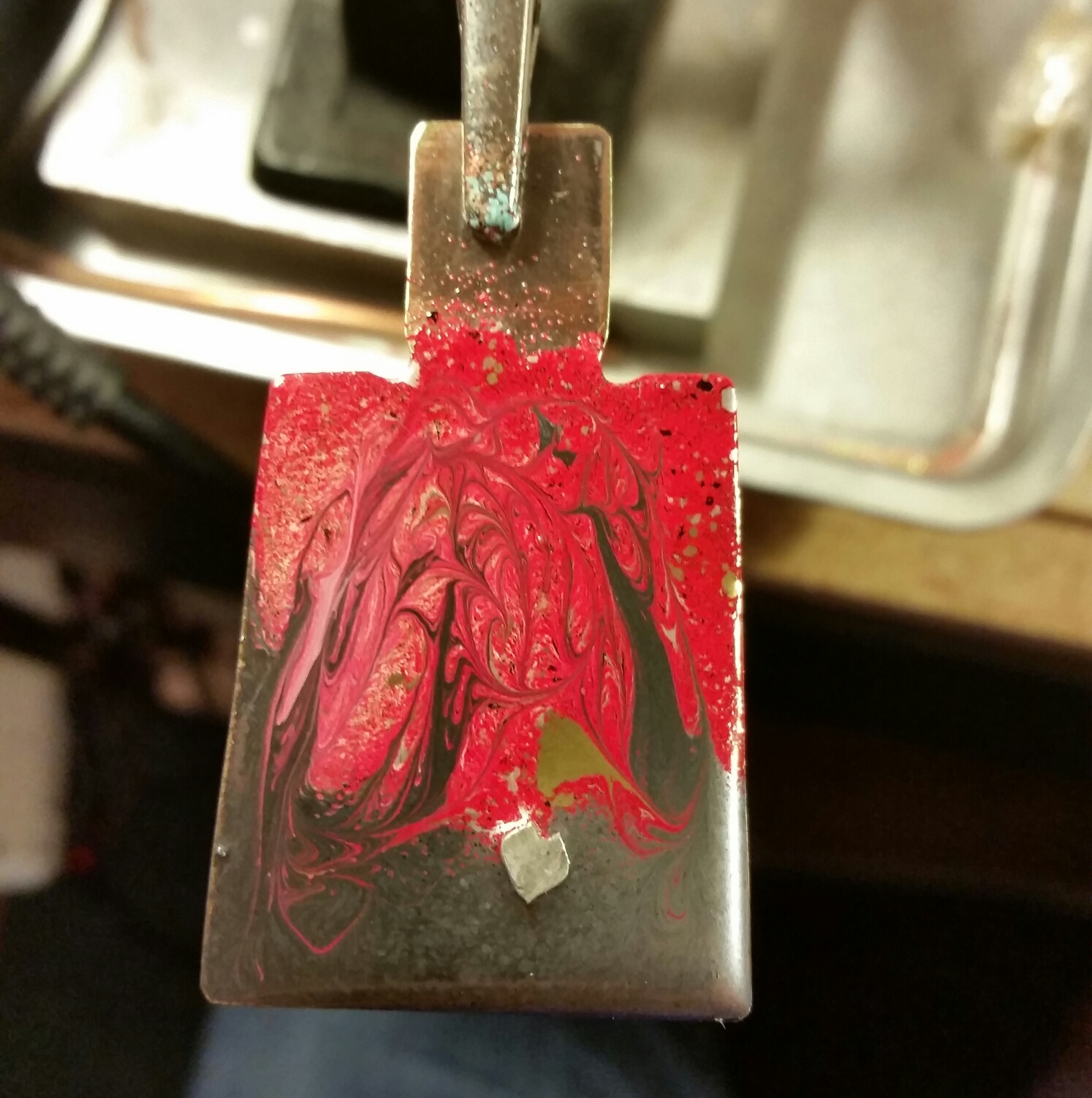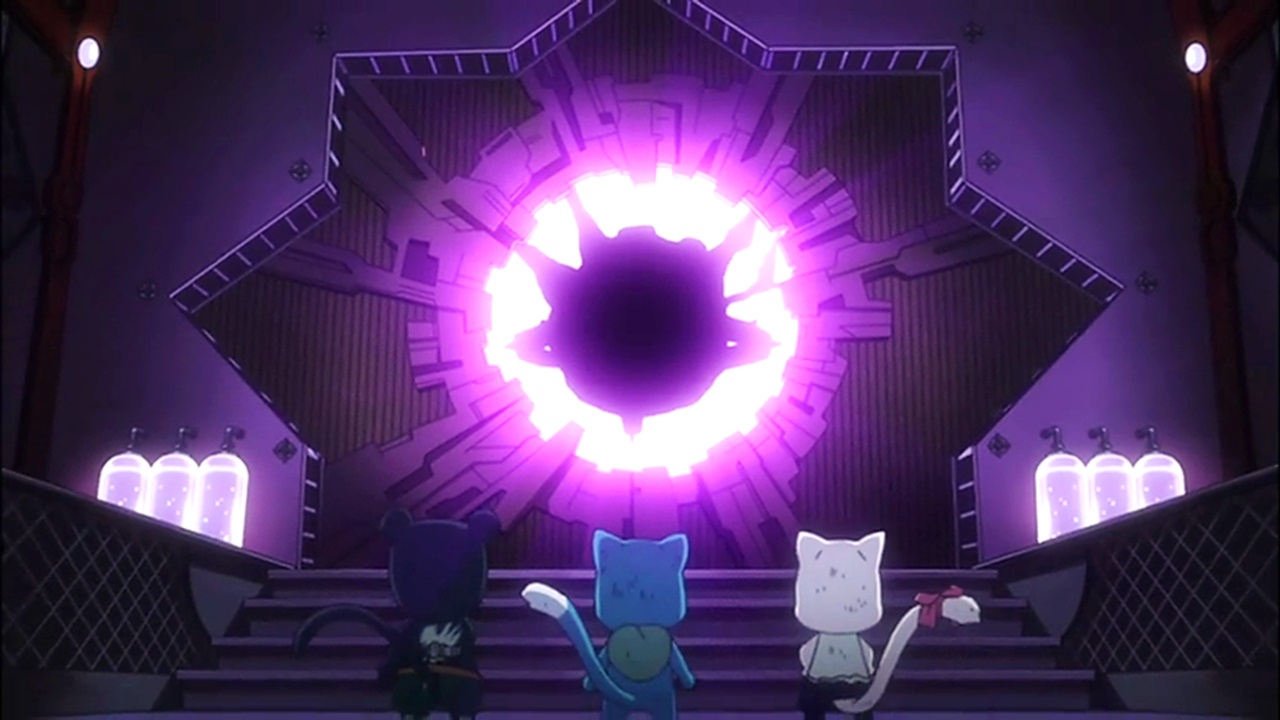

The second tournament is tougher, and features some familiar faces at the very end.
#Hades locked heart upgrade#
1 Armored Torso, 4 Yellow Operas, 4 Blue Rhapsodies.īeat the Phil Cup the first time to earn an upgrade to Sora's command of the Gravity spell.īeat the Phil Cup solo to unlock a Combo Plus abilityīeat the Phil Cup Time Trial to unlock a Tech Plus ability.1 Gauntlets, 1 Hammerlegs, 4 Powerwilds.1 Gauntlets, 3 Blue Rhapsodies, 4 Shadows.1 Powerwild, 2 Green Requiems, 2 Red Nocturnes, 5 Yellow Operas.This is the first tournament, which begins after Sora locks the Traverse Town Keyhole. Here's the complete listing of tournaments and competitors (and since we're using the proper names for the monsters here, refer to the Monsters section to figure out what's what - for example, a "Powerwild" is one of the Monkey Heartless from Deep Jungle). All three of these methods net different prizes, so try all of them to rack up the most goods. After beating it the first time as a team, Sora can then enter solo, in either an ordinary progression or a high-speed time attack battle. In ancient Greek religion, Hera ( / ˈ h ɛr ə, ˈ h ɪər ə/ Greek: Ἥρα, translit.When first entering a tournament, the whole party goes. Hḗrā Ἥρη, Hḗrē in Ionic and Homeric Greek) is the goddess of marriage, women and family, and the protector of women during childbirth. In Greek mythology, she is queen of the twelve Olympians and Mount Olympus, sister and wife of Zeus, and daughter of the Titans Cronus and Rhea. One of her defining characteristics in myth is her jealous and vengeful nature in dealing with any who offend her, especially Zeus' numerous adulterous lovers and illegitimate offspring. Her iconography usually presents her as a dignified, matronly figure, upright or enthroned, crowned with a polos or diadem, sometimes veiled as a married woman. She is the patron goddess of lawful marriage. She presides over weddings, blesses and legalises marital unions, and protects women from harm during childbirth. Her sacred animals include the cow, cuckoo and the peacock. She is sometimes shown holding a pomegranate, as an emblem of immortality. The name of Hera has several possible and mutually exclusive etymologies one possibility is to connect it with Greek ὥρα hōra, season, and to interpret it as ripe for marriage and according to Plato ἐρατή eratē, "beloved" as Zeus is said to have married her for love. According to Plutarch, Hera was an allegorical name and an anagram of aēr (ἀήρ, "air"). So begins the section on Hera in Walter Burkert's Greek Religion. In a note, he records other scholars' arguments "for the meaning Mistress as a feminine to Heros, Master." John Chadwick, a decipherer of Linear B, remarks "her name may be connected with hērōs, ἥρως, 'hero', but that is no help since it too is etymologically obscure." A.

van Windekens, offers "young cow, heifer", which is consonant with Hera's common epithet βοῶπις ( boōpis, "cow-eyed"). Her name is attested in Mycenaean Greek written in the Linear B syllabic script as □□ e-ra, appearing on tablets found in Pylos and Thebes, as well in the Cypriotic dialect in the dative e-ra-i. Īndreas Willi addresses some additional possibilities: "M. Peters, starts from the verbal root… ‘to catch, take’. Moreover, the derivation presupposes that Hera herself must have been imagined as a ‘raped girl’ at some point… This root noun would have served as the basis for an exocentric derivative… ‘beloning/relating to the rape, of the rape’ whose feminine… would have meant ‘she of the rape… Formally this theory is unobjectionable (especially if the postulated noun were, despite the divergent semantics, reflected in Homeric… ‘to gratify’ ‘rape’ > ‘booty’. both socially and physically or emotionally." Cult could be originally either (a) ‘the female who is attached/coupled’ or (b) ‘the female who attaches herself’. Hera may have been the first deity to whom the Greeks dedicated an enclosed roofed temple sanctuary, at Samos about 800 BCE. It was replaced later by the Heraion of Samos, one of the largest of all Greek temples (altars were in front of the temples under the open sky). There were many temples built on this site, so the evidence is somewhat confusing, and archaeological dates are uncertain. The temple created by the Rhoecus sculptors and architects was destroyed between 570 and 560 BCE. This was replaced by the Polycratean temple of 540–530 BCE. In one of these temples, we see a forest of 155 columns. There is also no evidence of tiles on this temple suggesting either the temple was never finished or that the temple was open to the sky.Įarlier sanctuaries, whose dedication to Hera is less certain, were of the Mycenaean type called "house sanctuaries".


 0 kommentar(er)
0 kommentar(er)
